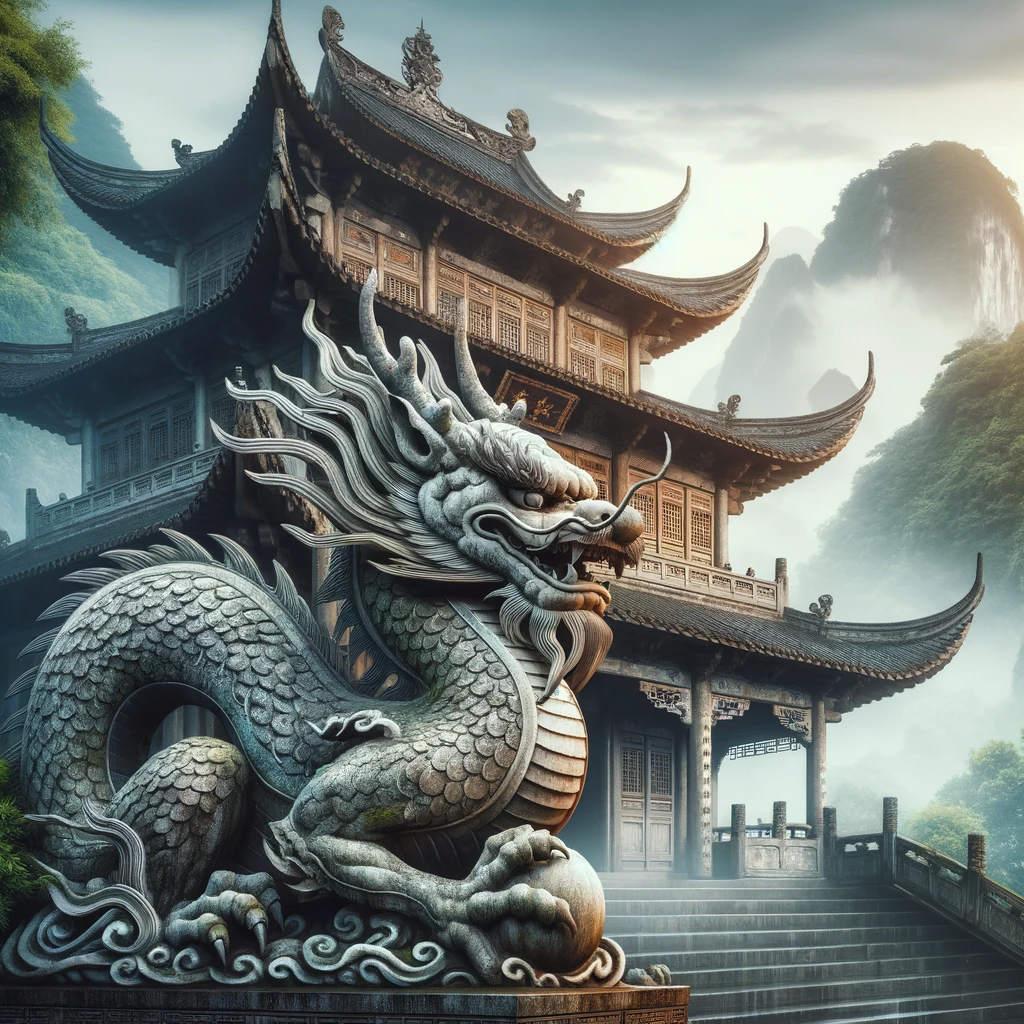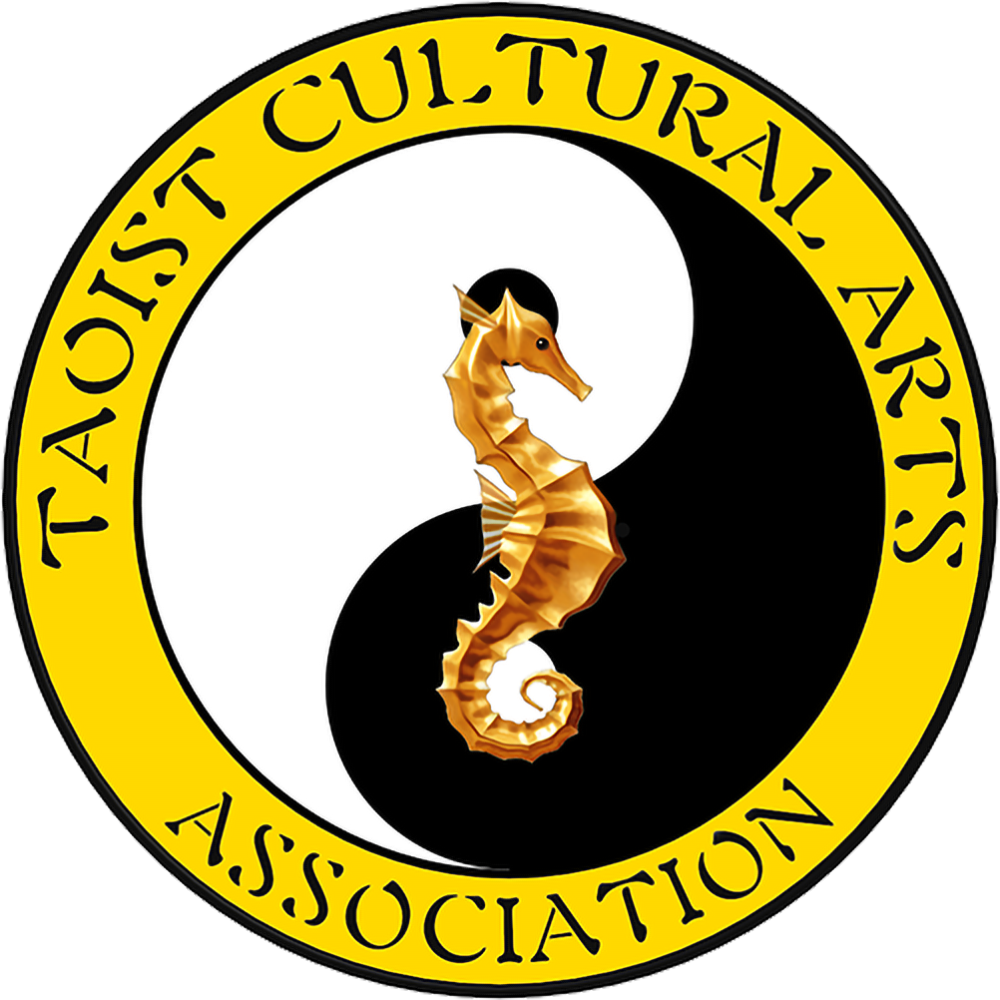
The Coventry Club will be hosting a weekend course this month to welcome in the Chinese New Year of the Dragon, everyone is welcome.
The course is a Tai Chi and Tai Chi weapons course on 10th-11th February at the Dance Studio in Caludon Castle Sports Centre, and we will be going out on the Saturday night for a Chinese meal so if you’re interested in attending please get in touch so we can get an idea of numbers.
The Year of the Dragon
Chinese New Year, also known as the Spring Festival, marks the beginning of the lunar new year and is the most important traditional festival in Chinese culture. Celebrated for over 4,000 years, it’s a time of reunion, renewal, and hope. Central to the festivities are the Chinese Zodiac animals, which cycle through a 12-year period, each year associated with a specific animal. Among these, the Dragon stands out as the most auspicious and powerful symbol.
Unlike its Western counterpart, often depicted as a fearsome and malevolent creature, the Chinese Dragon is seen as a benevolent and potent symbol, embodying strength, wealth, and good fortune. It is the only mythical creature in the Chinese Zodiac, which underscores its unique significance. The Dragon year is particularly special, believed to bring innovation, growth, and auspicious beginnings.
The Dragon’s role in Chinese New Year celebrations is multifaceted. It includes being a favored theme for decorations, performances, and art, reflecting its deep-rooted symbolism in Chinese tradition. The Dragon Dance, a highlight of the festival, showcases the creature’s supposed power to ward off evil spirits and bring good luck. This performance, involving a team of dancers manipulating a long, sinuous dragon figure, is a mesmerizing spectacle, embodying the spirit of renewal and community unity.
In this context, the Dragon transcends its mythological origins, becoming a symbol of the collective hopes and aspirations of the people. It represents the strength and resilience of the human spirit, the pursuit of excellence, and the desire for a prosperous year ahead. As we delve deeper into the symbolism of the Dragon and its impact on Chinese culture, we uncover layers of meaning that reflect the complexity and richness of this ancient civilization.
The Dragon and Creativity
In traditional Chinese art, the Dragon is a frequent motif found in paintings, sculptures, and architectural elements. It is portrayed with great variability and nuance, often entwined amidst clouds or waves, embodying the forces of nature and the universe’s boundless energy. This depiction reflects the ancient Chinese belief in the Dragon as a bringer of rain, essential for agriculture, and by extension, a symbol of fertility and abundance. Artists have long been fascinated by the Dragon’s form and symbolism, leading to a rich tapestry of artwork that explores its dynamism and ethereal beauty.
Literature, too, is replete with references to Dragons, where they often embody heroism, wisdom, and the power to overcome obstacles. In tales and legends, Dragons are not merely creatures to be feared but entities that possess deep knowledge and understanding of the world. They are sometimes portrayed as guardians of sacred treasures or as spiritual guides, offering insights into the complexity of life and the path to enlightenment. This portrayal has inspired generations of writers and poets, who see in the Dragon a metaphor for the pursuit of knowledge and the creative spirit.
The influence of Dragon symbolism extends into modern Chinese creativity and design, where it continues to be a potent source of inspiration. In fashion, for instance, Dragon motifs adorn garments in a celebration of cultural heritage and artistic innovation. The Dragon’s form lends itself to endless reinterpretation, allowing designers to explore its symbolism in ways that resonate with contemporary aesthetics while paying homage to traditional values.
Architecture, too, has seen the Dragon’s influence in the design of buildings and public spaces. The Dragon’s sinuous shape and its association with water and the flow of energy align with the principles of Feng Shui, guiding the layout and aesthetics of structures to promote harmony and prosperity. Modern architectural projects may incorporate Dragon-inspired elements as a nod to cultural identity and a wish for success and good fortune.
The Dragon’s role in fostering creativity in Chinese culture is profound and multifaceted. It symbolizes not just the power of nature and the cosmos but also the limitless potential of human imagination. By exploring the Dragon’s presence in art, literature, and design, we gain insight into the cultural psyche of China—a civilization that venerates the past while continually innovating for the future. This reverence for the Dragon, a creature of myth, underscores a deeper truth: that myths, in their timeless appeal, inspire us to dream bigger, think more creatively, and reach for the extraordinary in our everyday lives.
Yin and Yang and the Symbolism of the Dragon
The concept of Yin and Yang is fundamental to Chinese philosophy, representing the dual nature of existence where opposite forces are interconnected and interdependent in the natural world. The Dragon, in this context, is a powerful symbol of the harmonious balance between these forces, embodying the unity of strength and grace, power and wisdom, and the celestial and the earthly.
Yin and Yang are manifested in everything around us, from the changing seasons to the cycle of life and death. Yin is associated with qualities such as cold, passivity, and darkness, whereas Yang represents heat, activity, and light. Neither is superior to the other; instead, they are complementary, with each containing the seed of its opposite. This balance is crucial for harmony and stability in the universe, as well as in individual lives and societies.
The Dragon’s representation in Chinese culture captures this essence of balance and integration. It is often depicted amidst clouds or water, elements associated with fluidity, adaptability, and the unseen forces of the world, embodying Yin. Simultaneously, its legendary strength, its ability to soar to the heavens, and its association with the emperor and power reflect the qualities of Yang. Thus, the Dragon stands as a symbol of the unity and balance of Yin and Yang, encouraging a harmonious existence and the understanding that strength and gentleness can coexist.
Moreover, the Dragon’s depiction in art and mythology often includes elements of both masculine and feminine energy, further emphasizing the concept of balance. For instance, despite its powerful and often fearsome image, the Dragon is also associated with benevolence, intelligence, and the bringing of rain, essential for life and growth. This multifaceted nature highlights the complexity of the Dragon as a symbol, embodying the full spectrum of existence and the cyclical nature of life.
In festivals and celebrations, the Dragon’s role as a mediator between heaven and earth is celebrated, embodying the hope for balance and prosperity. The Dragon Dance, a quintessential part of Chinese New Year celebrations, is not just a vibrant display of culture and tradition but also a symbolic act of invoking the Dragon’s power to harmonize the forces of Yin and Yang in the community. Through its sinuous movements, the dance mimics the flow of energy in the universe, reminding spectators of the importance of balance and unity in fostering peace and prosperity.
The symbolism of the Dragon, intertwined with the principles of Yin and Yang, offers profound insights into Chinese philosophy and cultural values. It teaches the importance of recognizing and respecting the balance in all aspects of life, from the natural world to human relationships and personal well-being. By embodying the harmonious interplay of Yin and Yang, the Dragon serves as a powerful reminder of the beauty and strength that arises from unity and balance, guiding principles that continue to resonate deeply in Chinese culture and beyond.
The Dragon: Beyond the Myths
Historically, the Dragon was emblematic of the Emperor’s divine right to rule. It was believed that the emperor was a direct descendant of the Dragon, possessing its strength, wisdom, and divine authority. This connection was visually represented in the imperial regalia, architecture, and art, where Dragons adorned robes, thrones, and palaces, signifying imperial power and legitimacy. The Dragon thus became a symbol of the state’s sovereignty and the emperor’s benevolent yet formidable rule.
In Chinese folklore, the Dragon is often portrayed as a protector of mankind and a bringer of prosperity. It is credited with having control over water, rainfall, typhoons, and floods. Farmers revered the Dragon for its ability to bring rain to water their crops, reflecting its role as a symbol of abundance and fertility. Dragon boats and Dragon dances, integral parts of many Chinese festivals, are rooted in traditions that honor the Dragon’s power to avert misfortune and bring good luck.
The Dragon’s symbolism extends to its representation of strength, courage, and resilience. It is often depicted fighting evil spirits or navigating the heavens, a testament to its role as a guardian against adversity. This imagery resonates with the Chinese people’s enduring spirit and their collective aspiration for harmony, prosperity, and protection from harm.
Moreover, the Dragon’s association with renewal and transformation highlights its importance in marking significant life events and transitions. Dragon motifs are common in weddings and other celebrations, symbolizing the wish for a blessed and prosperous life. The Dragon is not just a creature of power; it is a bearer of hope, embodying the possibilities of growth and renewal.
In the context of royal emblems, the Dragon’s image was meticulously regulated, with specific types and numbers of claws reserved for different ranks of nobility, underscoring the social hierarchy and the central role of the Dragon in imperial ideology. The use of Dragon imagery was a privilege of the highest order, reinforcing the sacredness and exclusivity associated with it.
The enduring fascination with the Dragon in Chinese culture reflects its versatility as a symbol, capable of embodying the highest ideals of power, prosperity, and protection. Its mythological origins have evolved into a rich tapestry of cultural significance, making the Dragon an indelible part of China’s national identity. Through festivals, folklore, and its use as a royal emblem, the Dragon continues to inspire awe and reverence, a testament to its timeless appeal and profound impact on Chinese civilization.
The Dragon’s Influence on Tai Chi and Taoist Philosophy
Tai Chi, a martial art known for its slow, flowing movements, incorporates the Dragon stance as one of its key positions. This stance, embodying the grace and power of the Dragon, emphasizes balance, flexibility, and inner strength. Practitioners of Tai Chi seek to emulate the Dragon’s fluid movements and its ability to seamlessly transition between force and gentleness. The Dragon stance, therefore, is not just a physical posture but a manifestation of the Dragon’s symbolic qualities of harmony, adaptability, and the integration of opposite forces.
The philosophical underpinnings of Tai Chi are deeply rooted in Taoism, which advocates for living in harmony with the Tao, or the fundamental nature of the universe. The Dragon’s symbolism is closely aligned with Taoist principles, representing the flow of Qi (vital energy) and the balance of Yin and Yang. In practicing the Dragon stance, Tai Chi practitioners engage with these Taoist concepts, aiming to achieve a state of mental calm and physical equilibrium that mirrors the natural order and fluidity of the universe.
Moreover, the Dragon’s association with water in Taoist philosophy highlights its significance in representing wisdom, depth, and adaptability. Water, like the Dragon, follows the path of least resistance yet possesses immense power to overcome obstacles. This analogy is central to Taoist teachings and is embodied in the practice of Tai Chi, where the goal is to cultivate an effortless strength and a responsive, adaptive approach to life’s challenges.
The Dragon also plays a role in Taoist meditative practices and philosophical teachings, serving as a symbol of enlightenment and transcendence. In meditation, the imagery of the Dragon can be used to focus the mind and harness internal energy. The Dragon’s ascent to the heavens is a metaphor for the spiritual journey toward understanding and the ultimate realization of one’s true nature. This imagery encourages individuals to seek balance and harmony within themselves and in their relationship with the world around them.
The influence of the Dragon on Tai Chi and Taoist philosophy is a testament to the creature’s enduring significance in Chinese thought and spirituality. It embodies the pursuit of balance, the integration of strength and flexibility, and the journey toward deeper understanding and harmony with the natural world. Through its symbolic presence in these practices, the Dragon continues to inspire and guide individuals in their quest for physical health, mental clarity, and spiritual growth, reflecting the profound and multifaceted role it plays in Chinese culture.


Leave a Reply